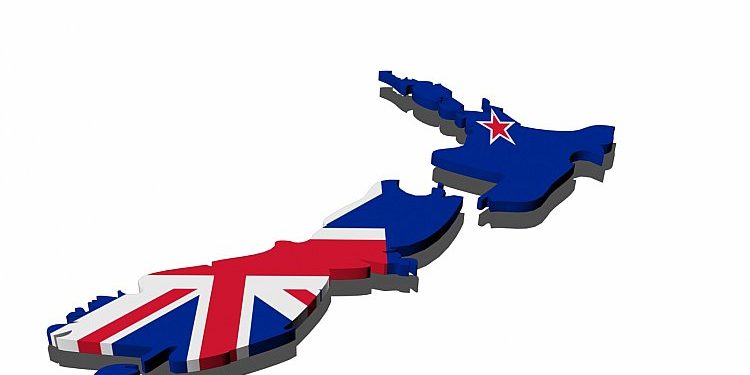Education System in New Zealand
New Zealand, being a progressive island nation, is located in the southwestern Pacific Ocean. The two primary islands namely – the North & South Island, make up the maximum country region. The country enjoys a top-notch position in the International Comparative Index. The Standard of Living, Education. Civil Rights Security etc. are few of the aspects where it ranks above others. Its overall development is dependent on its felicitous Service sector along with the Industrial & Agricultural fields. One of the major contributors towards its GDP is Travel & Tourism.
As per Government guidelines, children are required to participate in Primary & Secondary Schooling. It is usually light on the pocket, rather free. The Adult Literacy rate stands at a colossal 99% and over half the eligible population has attained tertiary education. Moreover, an OECD Program for International Student Assessment has pitted its education system to be 7th best globally. According to statistics, students here usually outperform in the fields of Reading, Mathematics, Science etc.
Due to its dominant presence in the pacific island region, a large percentage of its financial disbursal is distributed to the remaining neighboring states. This creates a solid reason why many people migrate to New Zealand for employment & job opportunities.
As compared to other top ranked nations, it is quite comfortable to obtain education here. The universities grant scholarships and subsidies to its exemplary candidates esp. those coming across the borders. If meeting the set criteria, it can be sponsored by the Institutions, partially or in full. The Government caters to the establishments as well as the students to promote funding. Aspirants are recommended to keep a close view of the institute’s prerequisites, application deadline, their visa application etc.
In order to study in their country, the New Zealand Govt allows Indian Students to migrate in their country. Based upon the nature of education and eligibility, along with its duration, the visa category is determined. Normally, those having attained 18 years and wish to study for over 6 months can apply for a visa. They are broadly assigned their visa as below –
Ø Fee Paying Student Visa
Ø Exchange Student Visa
Ø Foreign Government Supported Student Visa
Ø Pathway Student Visa
The most common visa given to Indian students is generally – Fee Paying Student Visa. Another important aspect of studying abroad is your expenditure. They can be – tuition fees and living expenses which includes accommodation, food, medical cover, commuting etc. For a top ranked university, you would normally shell out NZ$ 22,000 to NZ$ 35,000 per annum approximately. Streams that fall into the categories of Humanities, Arts etc are less financially straining. Those pursuing Medical and Engineering would make your account bleed more.
Also, knowing when to commence your academic course is of major significance to be able to plan better. Leaving one’s country of residence and moving to another can be an uphill battle most of the time. In view of that, New Zealand offers dual intakes in a calendar year. It can be February to June or July to November. Deciding the best time to gain admission can be slightly tasking. Numerous factors need to be taken into account to make a final call. To be able to pick the optimum time to make a move, one should check on the commencement of the chosen course. Academic history, scores obtained in tests, student absorbability rate, employment prospects etc should be kept in mind. Since the whole migration process generally consumes extensive time, one should always keep a buffer of few months in hand. Taking a quick decision is highly discouraged as it can land you in a tough spot.








